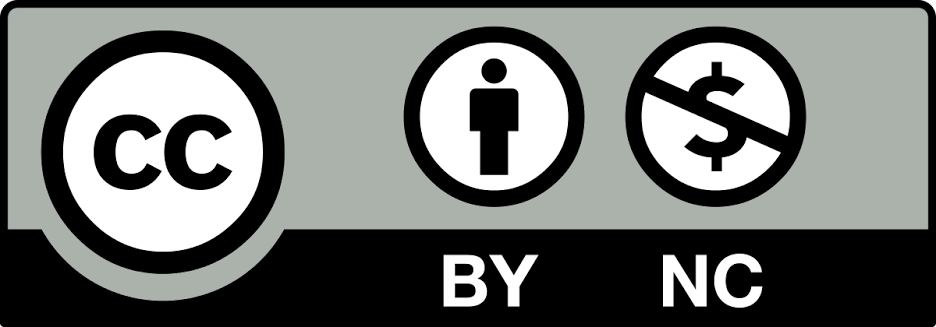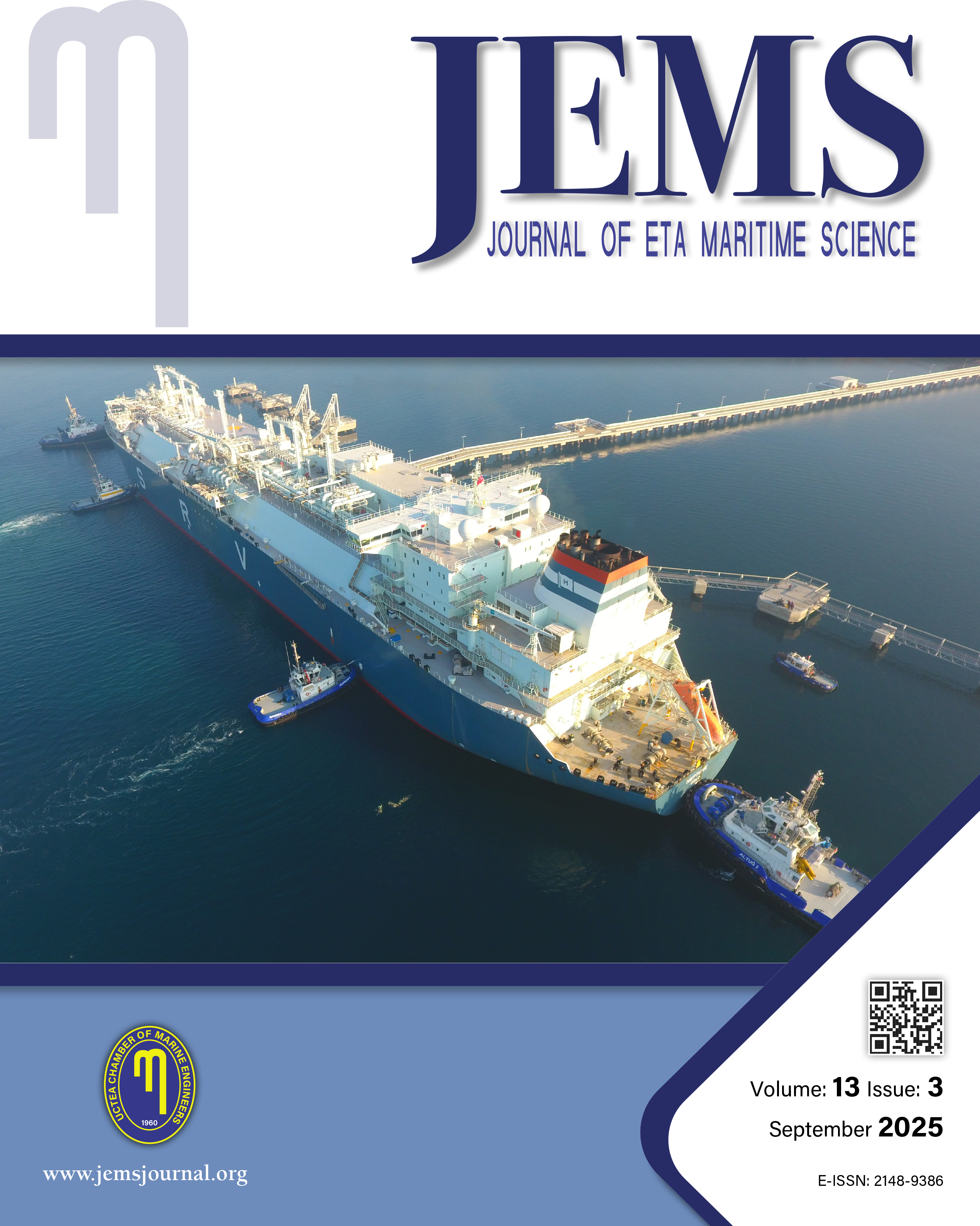

JEMS apply the Creative Commons Attribution NonCommercial 4.0 International Licence to all manuscripts to be published
Parameter Optimization for Model-Based Design and Control of the KVLCC2 Tanker Ship
Emre Sayin, Ismail Bayezitİstanbul Technical University Faculty of Aeronautics and Astronautics, Department of Aeronautical Engineering, İstanbul, TürkiyeThis article provides a model-based design method for heading control based autonomous trajectory tracking of a KVLCC2 ship. Kinematics, dynamics, and hydrodynamic force subsystems are used to represent the ships motion equations. By contrasting the outcomes with experimental data received from the maneuvering modelling group, the accuracy of the model is confirmed. Heading angle of the ship is controlled by a linear cascade controller, and the settings of the controller are modified by using two separate heuristic optimization techniques: particle swarm optimization and genetic algorithm. The comparison of the findings demonstrates that the particle swarm optimization approach is computationally more effective than the genetic algorithm. Performance in the presence of disturbance has been investigated using the controller parameters discovered using particle swarm optimization. A suitable guidance algorithm is incorporated into the architecture of a trajectory tracking system to establish the necessary heading angle for travel between waypoints. We use a real-time simulator to visualize the ship motion on a graphical environment.
Keywords: Ship heading control, Cascade control, Model-based simulation, Genetic algorithm, Particle swarm optimizationManuscript Language: English
(535 downloaded)










